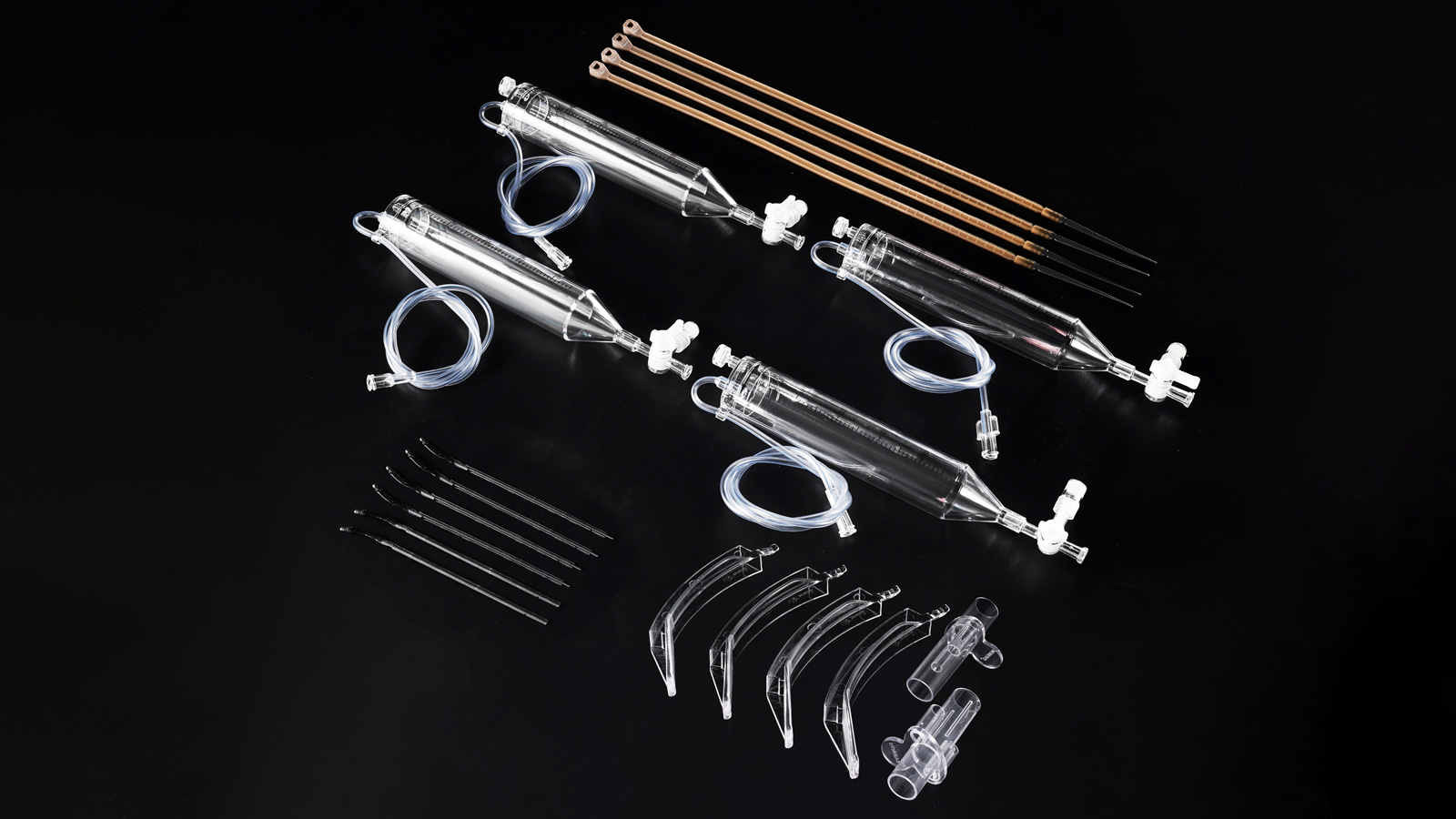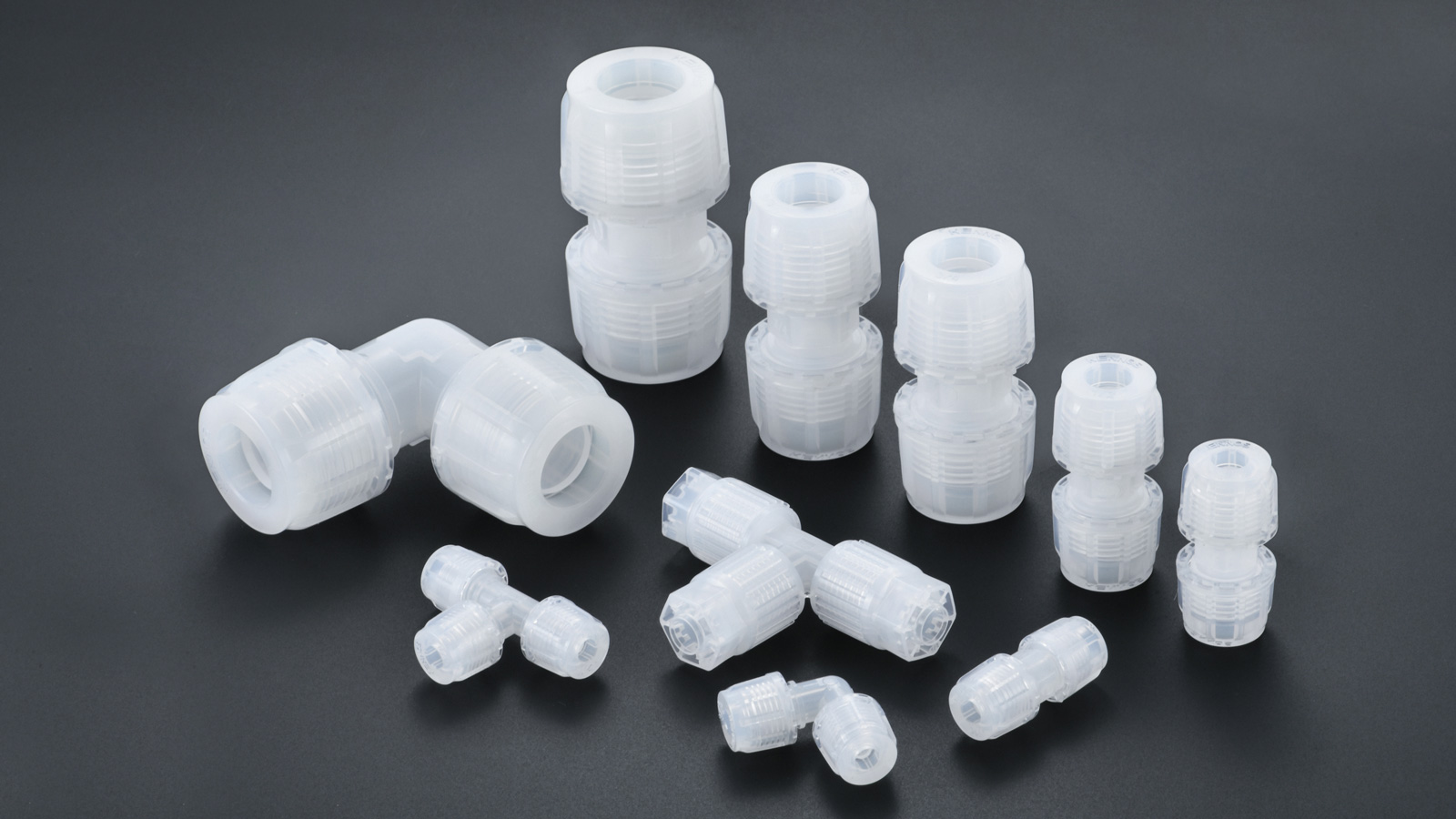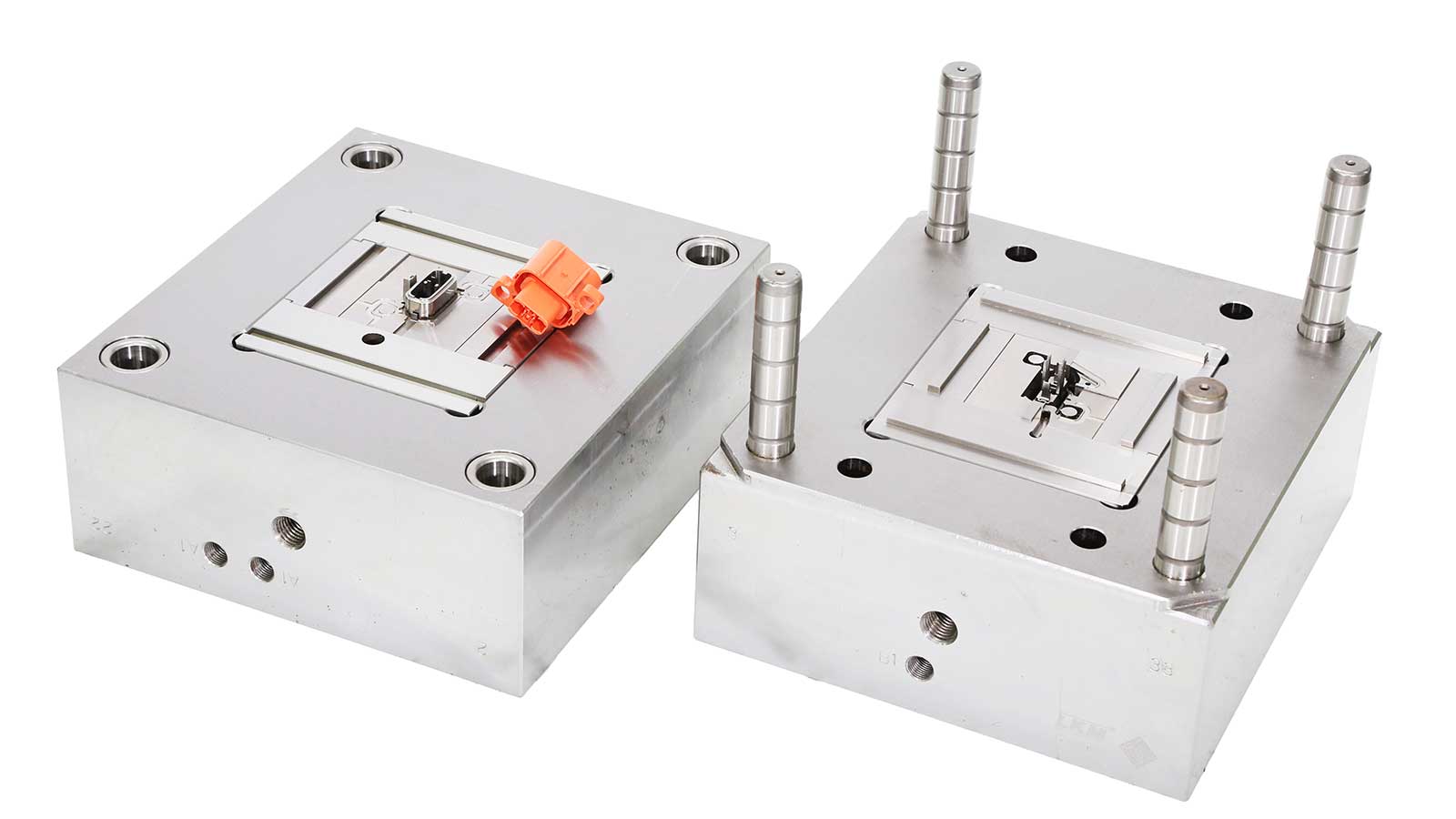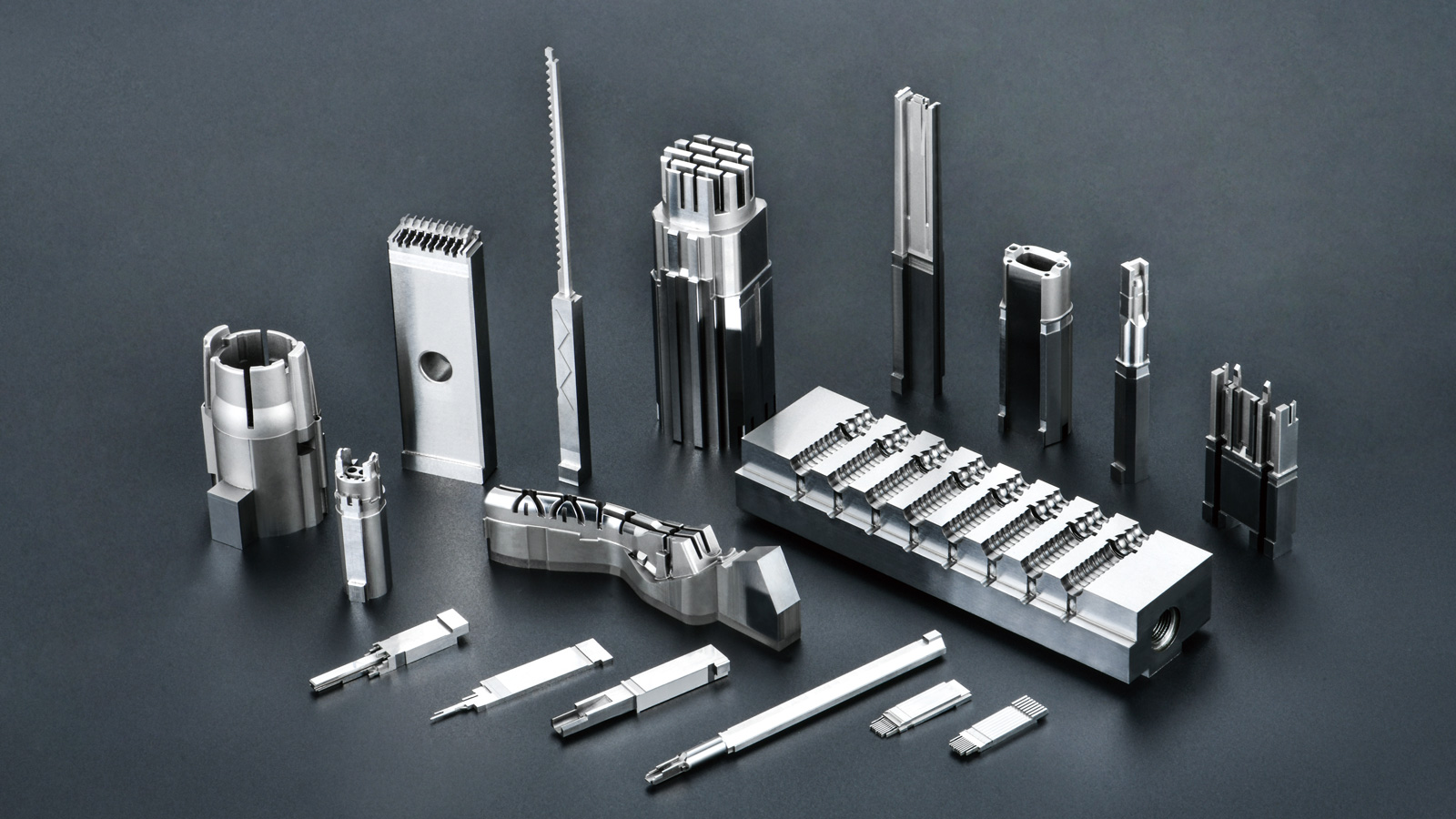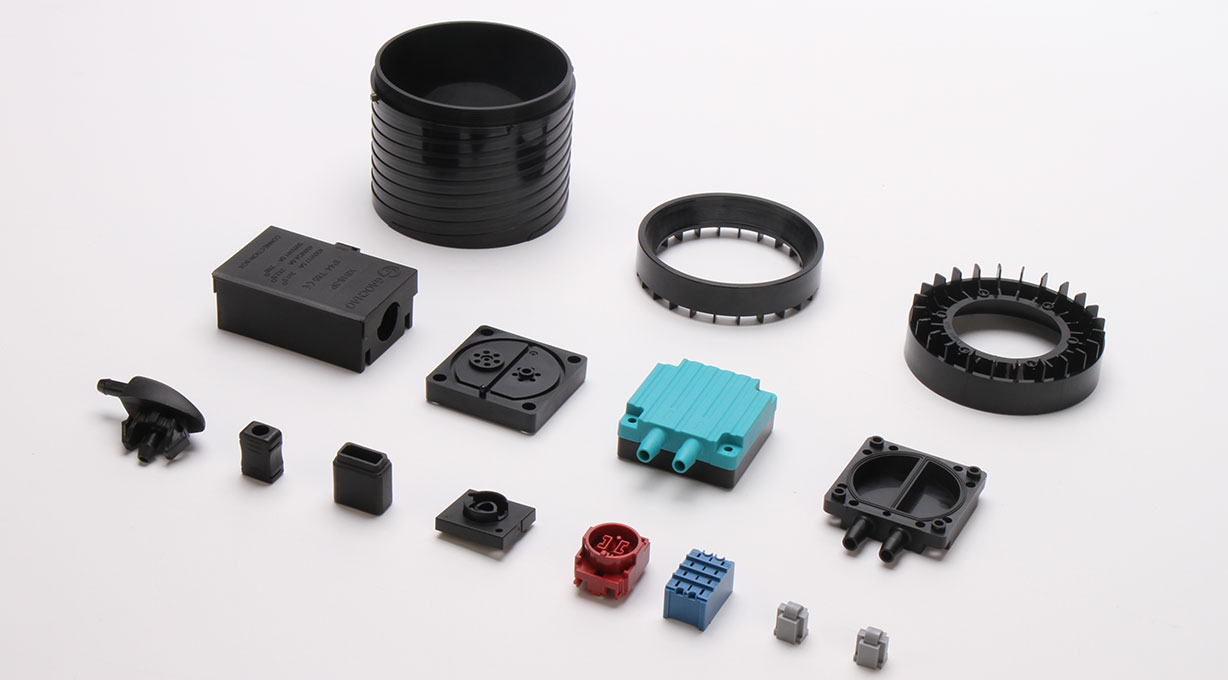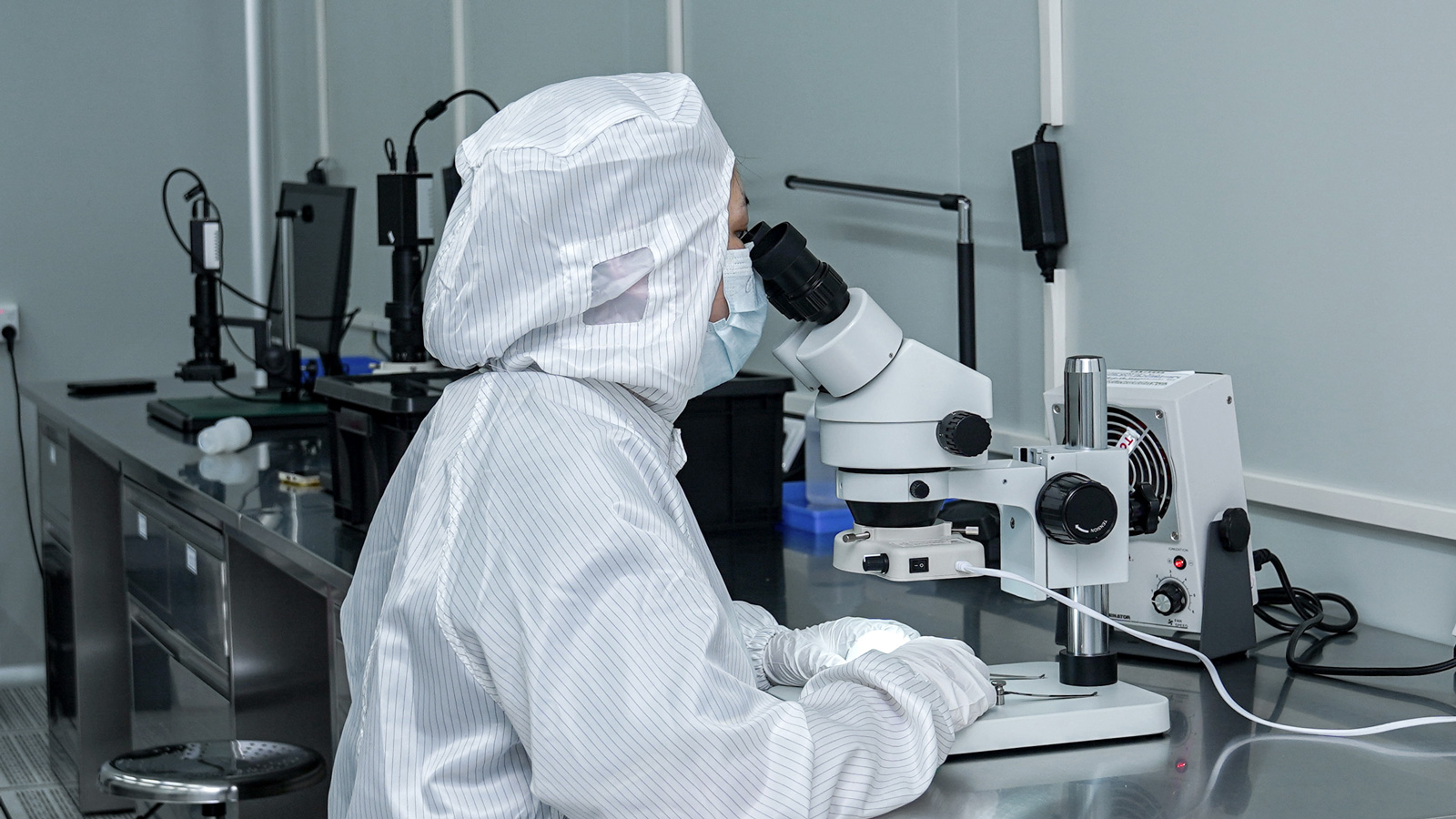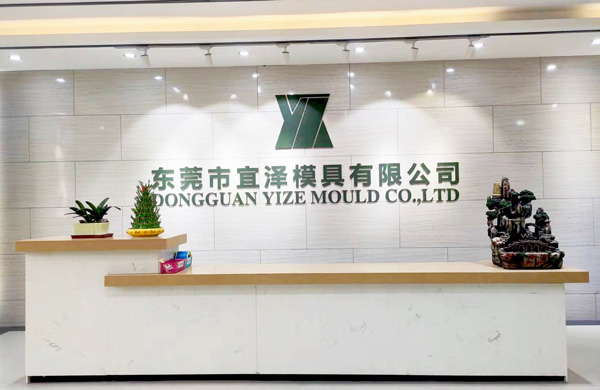In the field of injection molding, the success of a project hinges on meticulous planning and preparation in the early stages of development. Five crucial points need to be taken into serious consideration before launching an injection molding solution. They serve as solid cornerstones to support the smooth progress of the entire project. Below is a detailed elaboration.
1. Precisely Match Application Requirements and Select Suitable Materials
Nowadays, there are thousands of resin materials available, many of which have performance characteristics close to the project’s design requirements. When selecting materials, it is essential to consider multiple key factors comprehensively. Color enhancement affects the product’s visual appeal, weight influences its portability and user experience, structural integrity determines whether the product can withstand the expected loads, flexibility enables the product to adapt to different scenarios, and heat and chemical resistance ensure the product’s stability and durability in specific environments. Only by taking all these points into account can the ideal resin material be accurately specified, laying a solid foundation for the project to meet design standards.
2. Streamline and Integrate Processes to Enhance Production Efficiency
Injection molding is just one link in the entire project chain. To effectively control costs and significantly improve production efficiency, it is necessary to streamline the steps required to make the product as much as possible and integrate various processes reasonably. The injection molding process itself contains many techniques that can make it more cost-effective when used properly. For example, by increasing production volume, economies of scale can be achieved, reducing the cost per unit product. Reducing the frequency of color changes avoids the time and cost losses caused by frequent raw material replacements. Combining automated production improves production accuracy and continuity, minimizing errors that may arise from human intervention.

3. Have a Discerning Eye and Choose Excellent Partners
Selecting the right resin material aims to endow the product with excellent performance, ensuring its outstanding performance in the corresponding environment while considering cost-effectiveness. However, this is only part of the project’s success. Choosing the right business partner is equally crucial. An excellent partner is like an experienced guide who can provide practical and effective advice on introducing new products based on their profound industry knowledge and rich practical experience. From the initial planning to the final implementation of the project, they can offer comprehensive support and guidance, helping the project avoid detours and achieve its goals smoothly.
4. Optimize Molds with Ingenuity to Achieve Cost Reduction and Efficiency Improvement
Optimizing molds is a key step in reducing production costs. Take Mingyang Yutong as an example. This company, with years of experience in mold design and optimization, can accurately grasp the key points of mold design. Through clever structural design and reasonable material selection, it can effectively reduce costs while ensuring the mold has the best performance. Another cost-effective approach is to manufacture as many parts as possible in a single production run without sacrificing part quality and consistency. This not only reduces the cumbersome process of molding multiple parts but also lowers labor requirements. Within the mold, efficiency improvement is also crucial. An optimized mold should have the fewest moving parts, ensuring easy part ejection and shortening the time interval between two injections, thereby improving overall production efficiency.
5. Scientifically Optimize Design to Ensure Molding Quality
During the product design phase, it is essential to fully consider the characteristics of the injection molding process. Unnecessary sharp corners and chamfers should be avoided in the design because these structures not only increase the difficulty of mold manufacturing but may also affect the mold’s filling rate and reduce the product’s strength. At the same time, the wall thickness should be scientifically optimized to meet the product’s design strength and durability requirements without causing molding problems such as sink marks and deformation. In addition, the surface finish of the finished product should not be overlooked. A good surface finish helps the part eject smoothly from the mold and reduces defects during the molding process, improving the overall quality of the product.
These five points before launching an injection molding solution are interconnected and mutually reinforcing. Only by comprehensively and thoroughly considering these points can we be well-prepared for injection molding projects, laying a solid foundation for the successful implementation of the projects and ultimately creating high-quality, high-performance injection-molded products.
